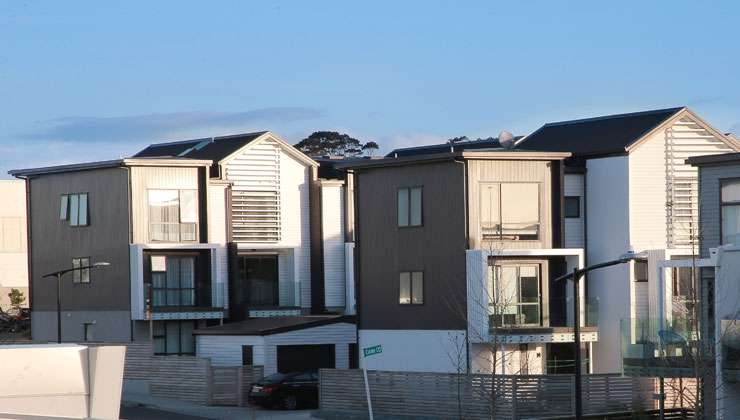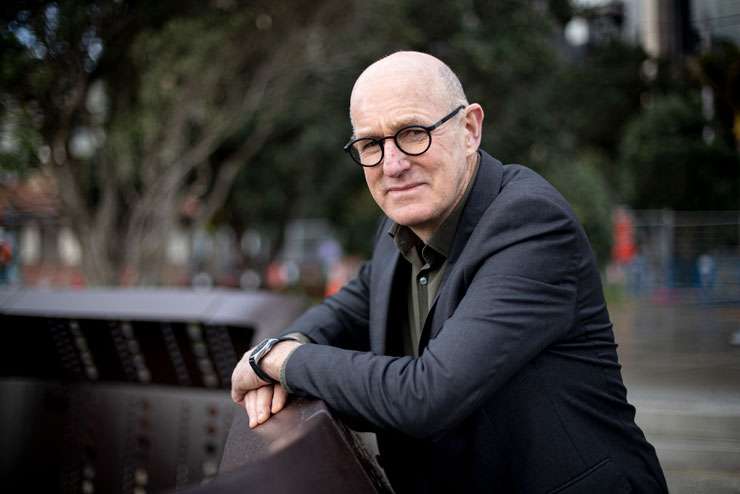The head of one of the country’s biggest home-builders has warned that the Government’s new development rules could result in “carnage” in New Zealand’s suburbs.
Outlining a worst-case scenario, Fletcher Building’s chief executive, Steve Evans, says water, wastewater and other services could be overwhelmed if the legislation announced last month encourages a development free-for-all.
More likely, says Evans, is that some developers will find they don’t get permission to connect to existing services when they reach their limit.
The new housing bill announced by Labour and National last month will amend the Resource Management Act 1991 and encourage greater housing supply in main urban areas. Combined with the Government’s National Policy Statement on Urban Development (NPSud) councils will no longer be able to say “no” on the basis of resource management.
Start your property search
https://www.hud.govt.nz/about-us/news/government-introduces-bill-for-more-housing-supply-in-main-urban-areas/
The legislation will allow developers to skip resource consent for multiple three-storey homes on individual quarter acre sites, and analysis by PWC suggests that it will lead to an increase in new houses over the next five to eight years of 48,200 to 105,500 over current predictions.
Evans praises aspects of the bill that will enable more development and the delivery of more houses. “It has all the right intent and when you're dealing with responsible developers it will enable more responsible development to occur. The downside is it will also allow for irresponsible development,” he says.
Evans says that increased development will put a strain on existing infrastructure, especially in suburbs that weren’t previously zoned for medium density housing.
“You're going to be putting a lot more waste into the system, because instead of having 120sqm house with mum, dad and two kids and the dog on an 800sqm section, you're going to now end up (with) 20 or 30 people on that same block of land,” he says.
“Once you start talking about whole neighbourhoods, utilities [won’t] have the capacity. It's going to be carnage.”
One of the big issues according to Evans is the motivation of the developers. “The thing that I would say is that unless they are [driven] by a community mind-set, there will be no obligation for them to create the betterment which we would do as normal course of business,” he says.

Successful suburb: The master-planned development at Hobsonville Point in Auckland. Photo / New Zealand Herald
“The danger is that you will get developers that will say, ‘My modus operandi would be one of finding of 1000 square metres of land that looks like this, because I know that I can get six townhouses on it and I don't give a toss what the impacts of that are to my neighbours to my community, because I'm able to do it under this under this legislation’. So that's the negative side.”
However, Evans doesn’t believe there will be a developer “free-for-all” thanks in part to old infrastructure. In existing suburbs, the infrastructure can only cope with a finite number of additional homes being connected, he says. “It very much rewards the first person that gets in there.” Developers who don’t get in fast may well find council doesn’t allow them to connect the new dwellings to services that are already over capacity.
Evans says he has discussed this issue with Auckland Council and would like to see some minimum criteria apply, but under the rules outlined by the government, council will not be able to apply such criteria, says Auckland Council’s planning committee chair, Chris Darby.
Darby doesn’t believe the bill was necessary and believes the new rules will lead to increased density in parts of the city ill-suited to it.
Deficits in infrastructure and planning as well as skills make it unlikely the plan will work, he says. “The big one is infrastructure funding and planning. And then there's a massive deficit in skills. Not just builders and sparkies. It’s all the people that go into [development]. That’s the blue collar and white collar side of the equation. You can't get a planner. That probably extends to architects, engineers, geotechnical people, your storm-water engineer and the list goes on and on,” he says.

Auckland councillor Chris Darby believes the new bill is un-necessary. Photo / Dean Purcell
Another issue is carparking. If developments are not required to offer onsite carparking, that could result in six extra cars for three properties parking on the road, which in some areas are already busy.
Darby says the existing Unitary Plan provisions for density take into account the desire of Aucklanders to live near metro centres, transit stops and other infrastructure. Single dwelling zones under the Unitary Plan were designed that way because they are not as connected by the roading or public transport infrastructure.
GJ Gardner managing director Grant Porteous says he usually stays away from commenting on Government legislation but in talking with others in the industry he has noted potential issues. He doesn’t think the new bill will be a silver bullet, but nor will it make the overall design outcomes any worse than they already are.
“This is because for any development activity, there are lots of different controls in place, with many designed to ensure a good overall design outcome, such as site coverage, impermeable areas, height to boundary etc.,” he says..
“Aside from the literal interpretation of rules, anecdotal feedback from Auckland planners also tells us that many councils view the intensification of many sites as ‘overdevelopment’ already, so it also remains to be seen how relaxing the rules will be greeted in practice.”
He does note that people typically move away from city centres for more open spaces. “People don’t want to live further out in density. They move away from the city for less density,” he says.


